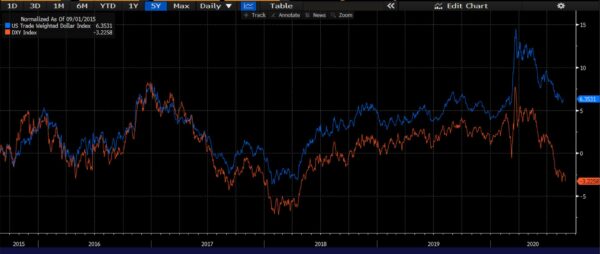The relentless increase in global debt is an enormous problem for the economy. Public deficits are neither reserves for the private sector nor a tool for growth. Bloated public debt is a burden on the economy, making productivity stall, raising taxes, and crowding out financing for the private sector. With each passing year, the global debt figure climbs higher, the burdens grow heavier, and the risks loom larger. The world’s financial markets ignored the record-breaking increase in global debt levels to a staggering $313 trillion in 2023, which marked yet another worrying milestone.
In the Congressional Budget Office (CBO) projections, the United States deficit will fluctuate over the next four years, averaging an insane 5.8 percent of GDP without even considering a recession. By 2033, they still expect a 6.9 percent GDP budget hole. Unsurprisingly, the economy, even using optimistic scenarios, stalls and will show a level of real GDP growth of 1.8% between 2028 and 2033, 33% less than the 2026–2027 period, which is already 25% lower than the historical average.
Some analysts say that this whole mess can be solved by raising taxes, but reality shows that there is no revenue measure that will fill an annual financial hole of $2 trillion with additional yearly receipts. This, of course, comes with an optimistic scenario of no recession or economic impact from a higher tax burden. Deficits are always a spending problem.
Citizens are led to believe that lower growth, declining real wages, and persistent inflation are external factors that have nothing to do with governments, but this is incorrect. Deficit spending is printing money, and it erodes the purchasing power of the currency while destroying the opportunities for the private sector to invest. The entire burden of higher taxes and inflation falls on the middle class and small businesses.
…click on the above link to read the rest…










